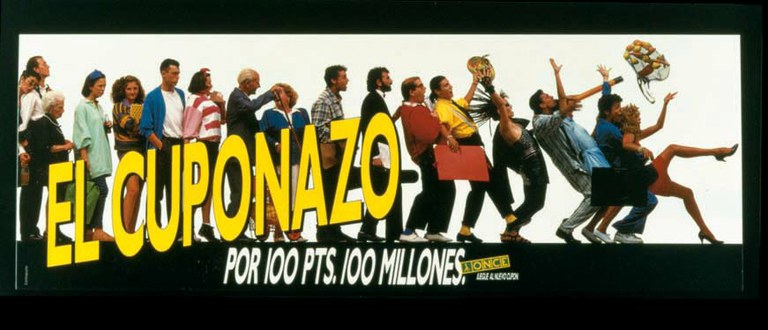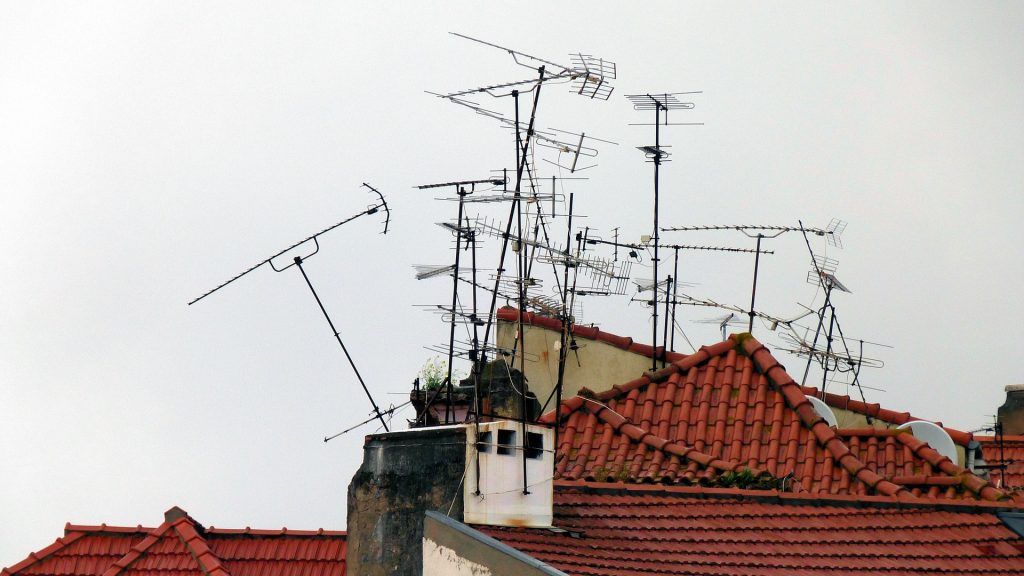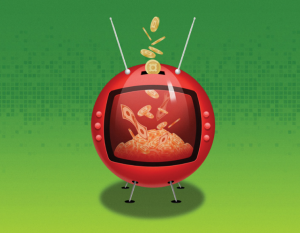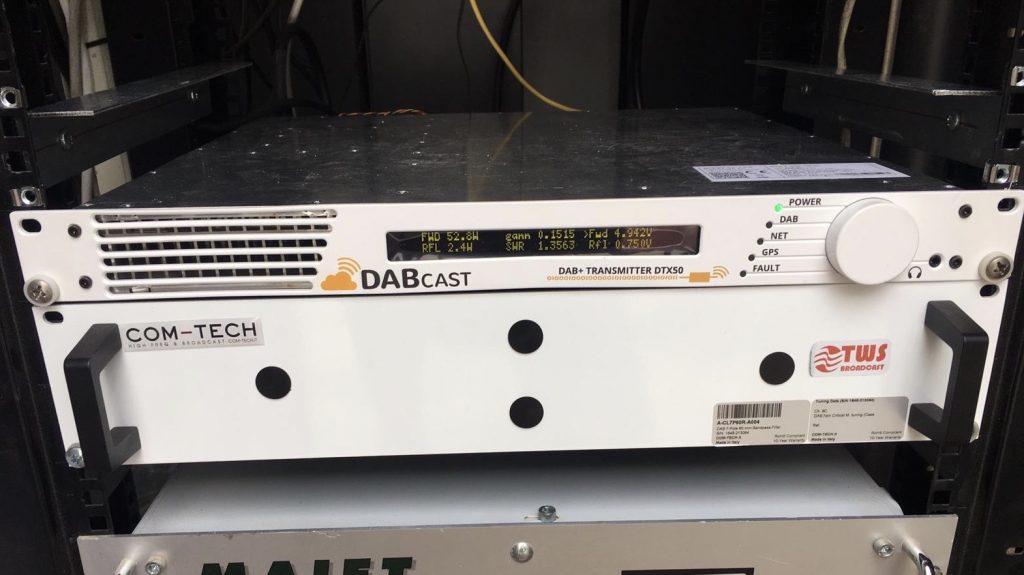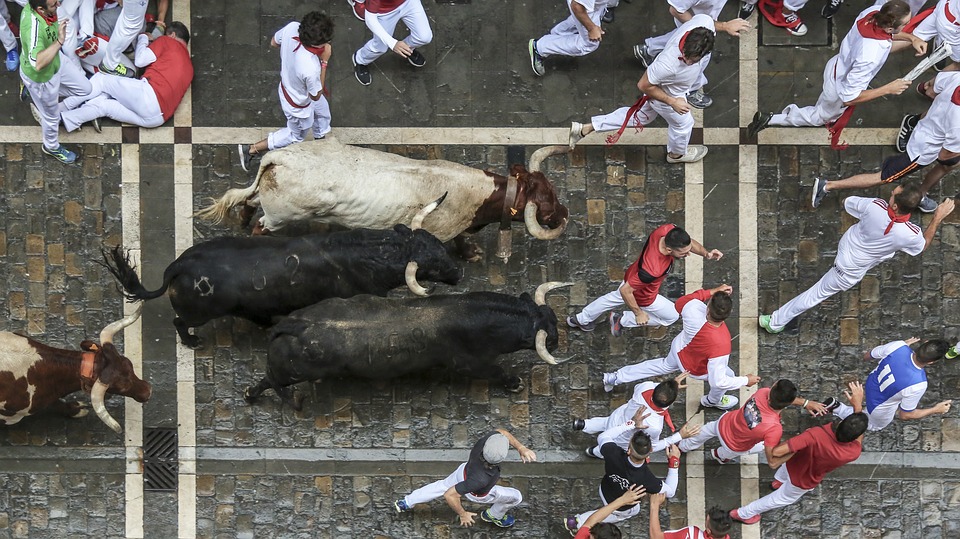If your neighbour is listening to radio at high volume, do you use earplugs or are you gonna start a watt-war?
It is also possible trying to solve the problem by knocking at your neighbours door or, in more serious cases, by calling the police. But when the noise occurs often and is intentional, it becomes stalking and thus a lawyer is necessary.
Hard Rock or Radio Maria?
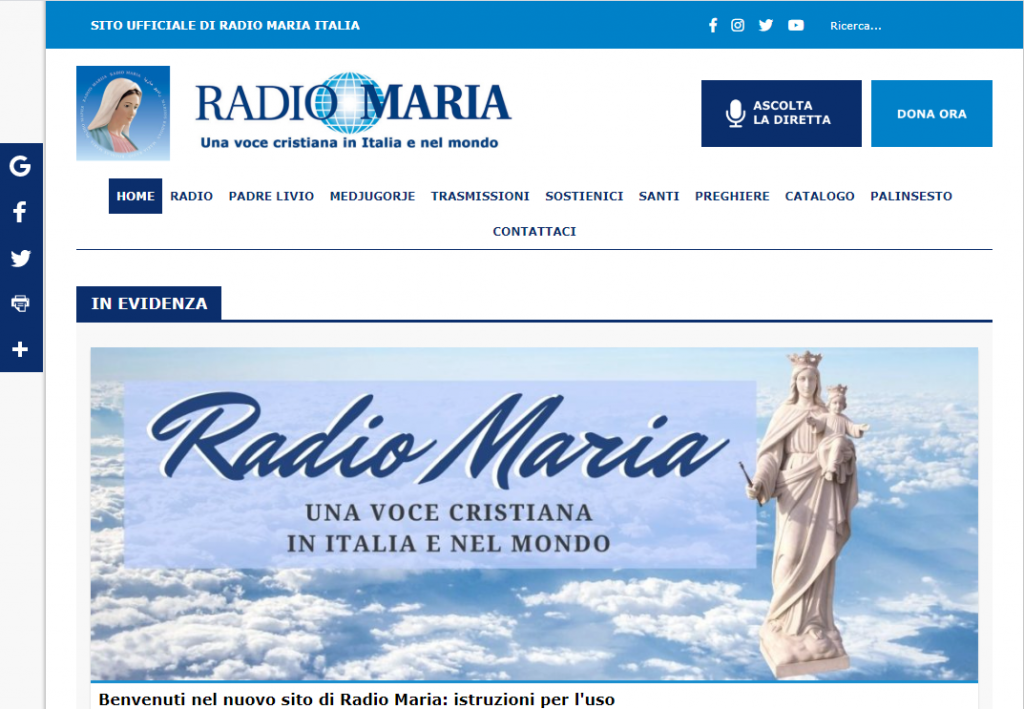
Source
Checking on the web, it’s possible to find a great number of people convicted of tormenting their neighbours, using noise made by TV or radio programmes. It’s funny that, in Italy, people seem to prefer using religious programmes, such as the rosary (transmitted by the national and most famous religious broadcaster: Radio Maria), instead of music.
Here follows a brief list of the most interesting and funny cases:
2020, Divignano (near Novara, in Piedmont, Italy): A married couple persecuted their neighbour using various religious functions transmitted by Radio Maria
Read more
2019, Vicenza (Veneto, Italy): A man was trialled for listening to Radio Maria at high volume during early morning hours
Read more
2018, Biella (Piedmont, Italy): A night worker can’t sleep during the day because of its neighbour listening to Radio Maria all day
Read more
2012 Golfo Aranci (Sardinia, Italy): 8 months of imprisonment for the two sisters that persecuted their brother during his restaurant opening hours, using Radio Maria as their weapon
Read more
There are also people who use the rosary to defend themselves.
2013 Fiesole (Tuscany, Italy): A family listened to Radio Maria at high volume to drown out the noise made by the neighbours parrot.
Read more


